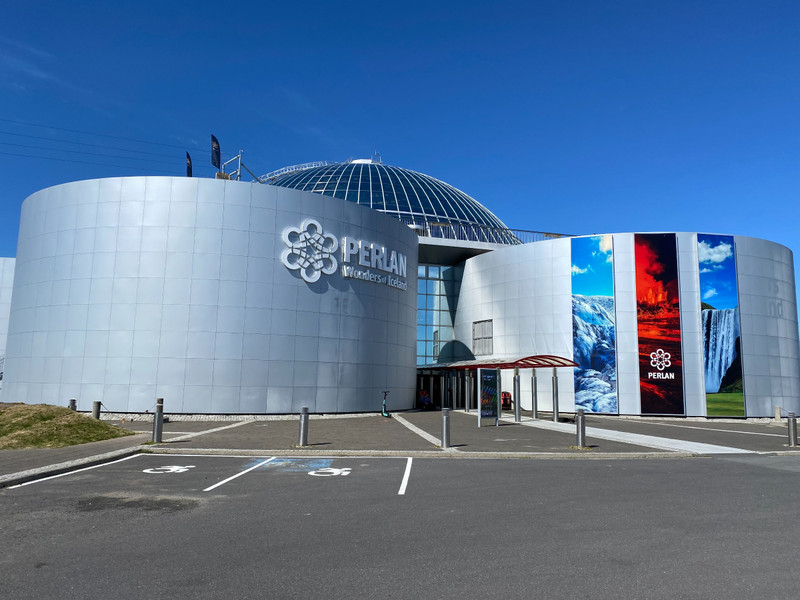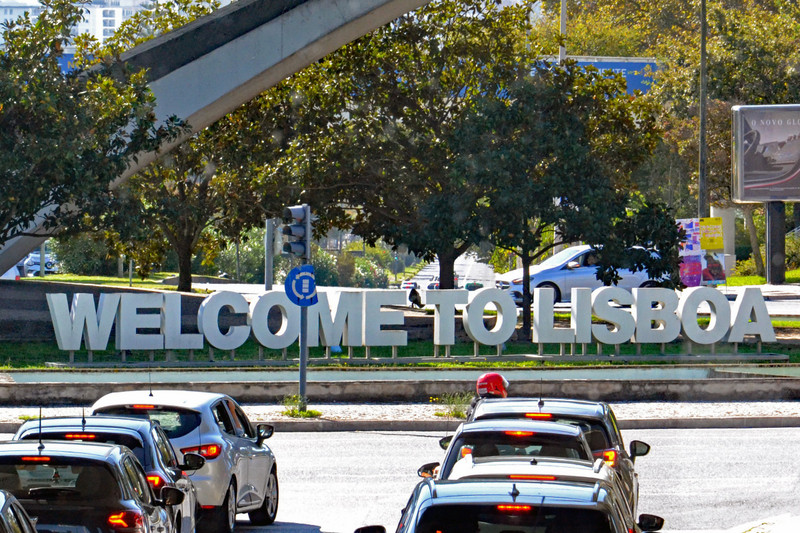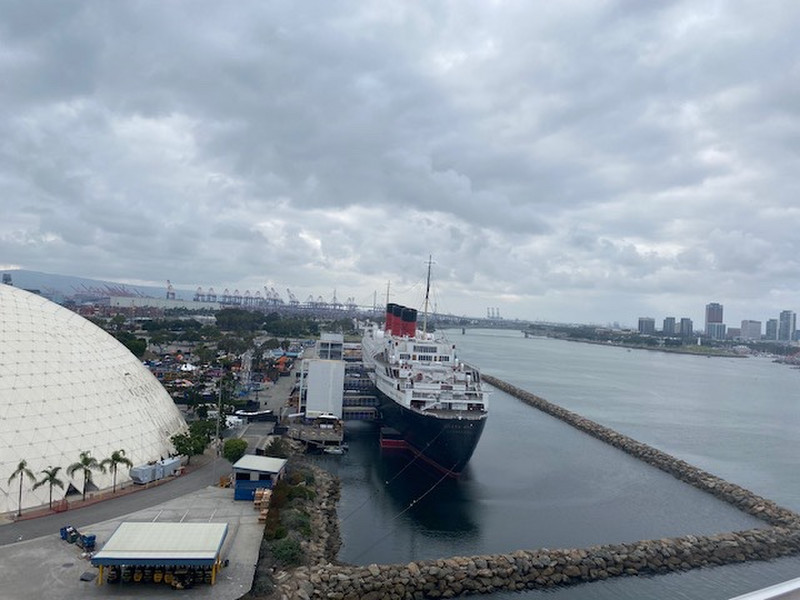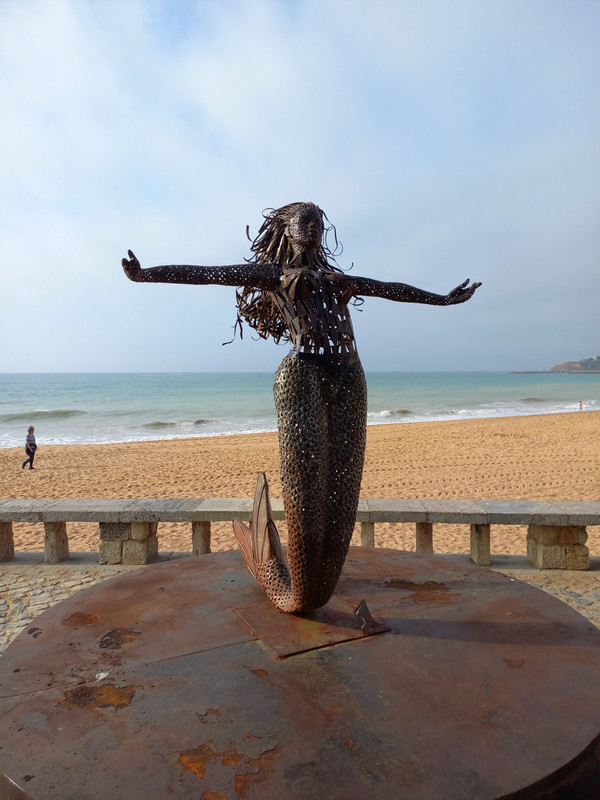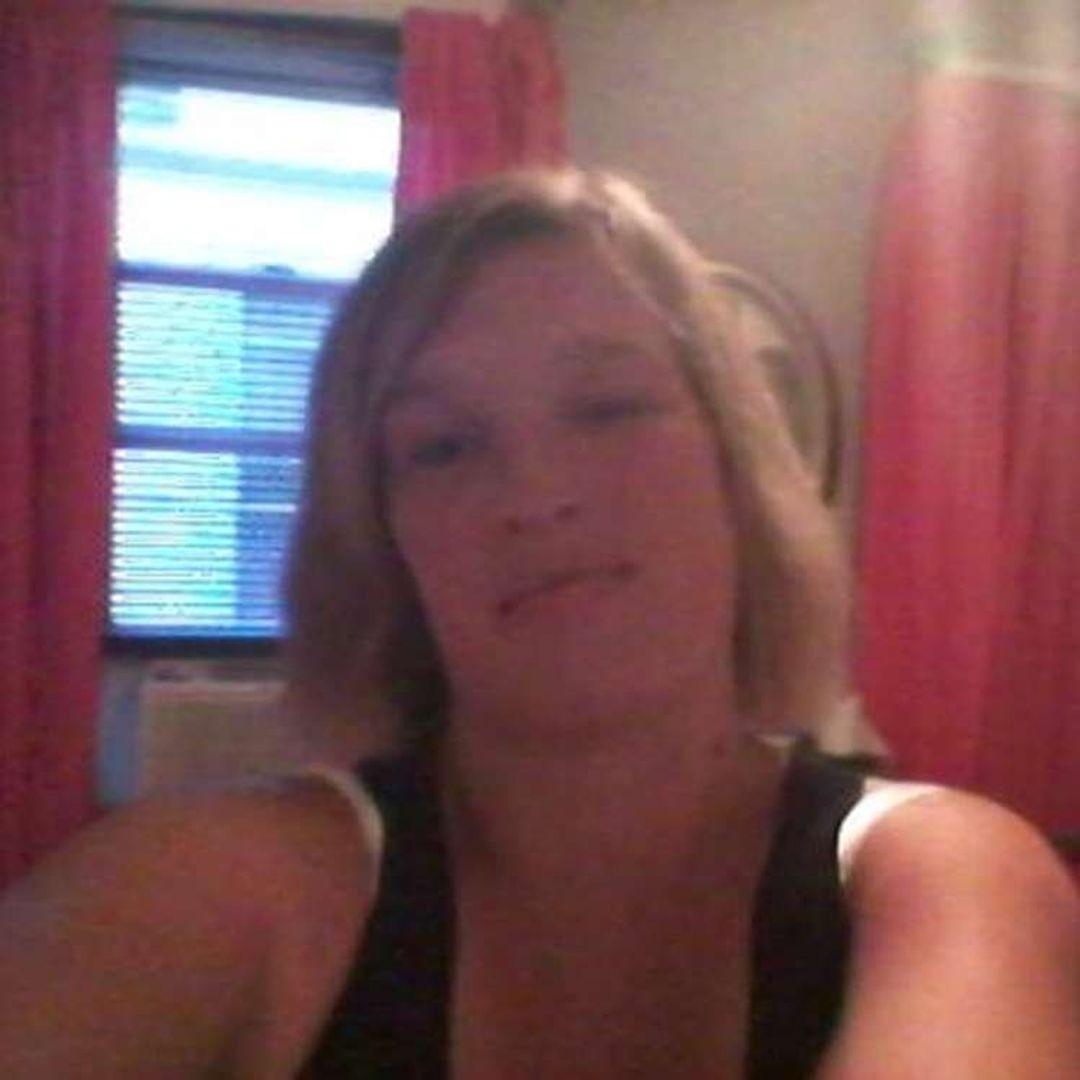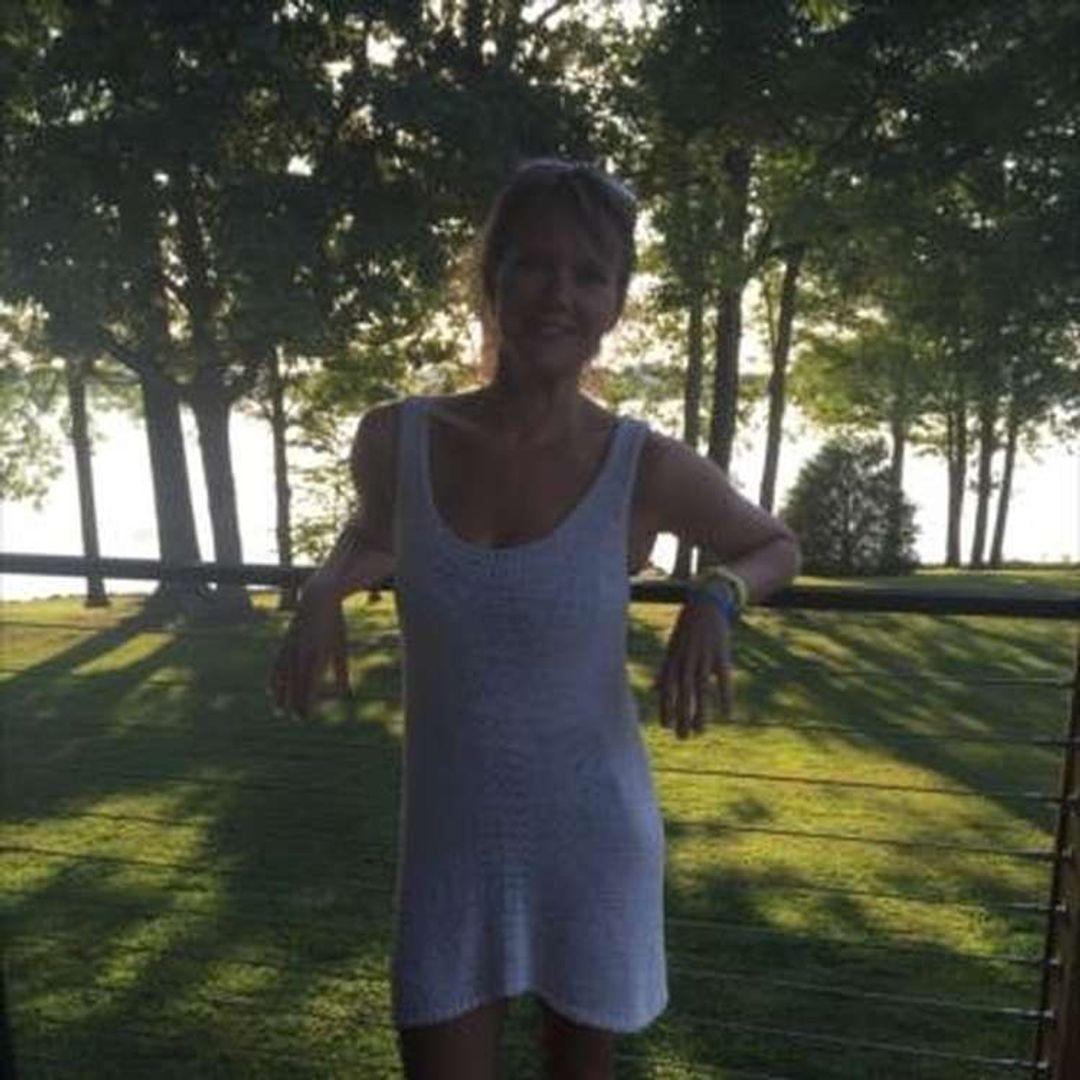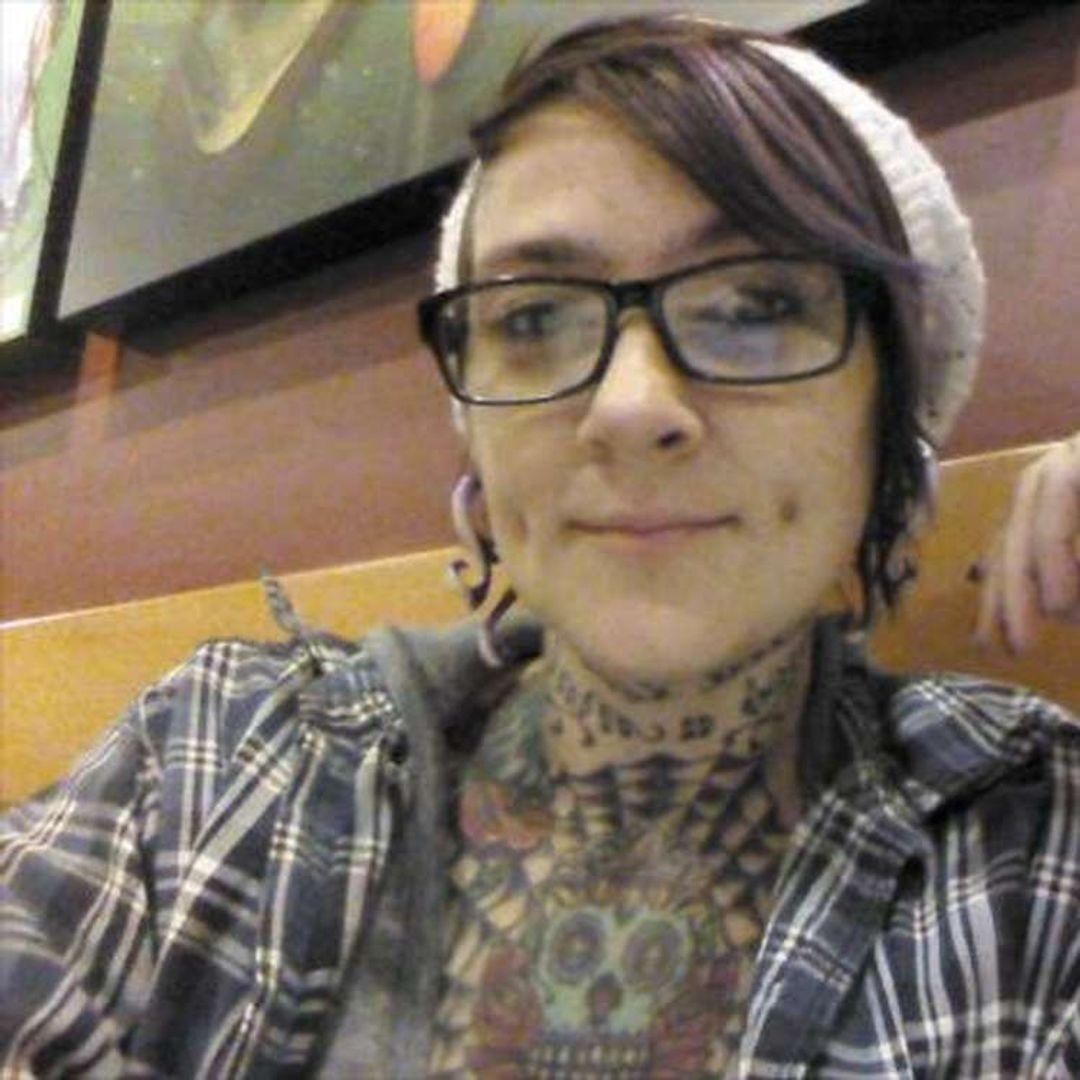Our Icelandair flight arrived at Keflavik (pronounced Keplavik) at 6:20 a.m. All flights from North America appear to arrive in this time slot and the airport ramp is densely packed with more arrivals than there are gates. Keflavik has rows of ramp stairs out on the tarmac to them. A bus brought arriving passengers to the terminal
A Globus representative met us and drove us and four other tour members to the Hilton Nordica, arriving at 8:30 a.m. The topography of Iceland became clear on the drive from the airport. The area around the airport is surprisingly undeveloped. Only a Marriott hotel and the buildings from the former US Naval Air Station are near it. (The airfield was built during World War II. I saw shelters for fighter jets at the end of the runway as the aircraft landed.) The highway to Reykjavik passes through a lava field strewn with boulders. Snow capped peaks are in the distance. There are no buildings until one reaches the outskirts of Reykjavik.
The Hilton Nordica is some distance from the downtown area. Rooms would not be available until 3:00 p.m. but we were able to check our luggage. The breakfast service
was underway at the hotels Vox restaurant. We paid for the breakfast buffet and ate in the very crowded restaurant. The buffet was typical of European hotel breakfast buffets.
A visit to the Perlan would be our morning agenda. The Perlan was opened in 1991 on skjuhl, a hill overlooking Reykjavik. It is an exhibit on the natural history of Iceland. A film and exhibit shows the volcanos of Iceland, plate tectonics and the formation of Iceland. Unlike Hawaii, the island did not rise up out of the sea by way of volcanic activity. It was part of a land bridge connecting what is now Europe to Greenland. Gradually, the bridge disappeared and Iceland was left. A planetarium provides a view of the aurora and describes interpretation of the phenomenon by the Nose, Scandinavians, the Sami, the Chinese and Native Americans. Curiously, it did not tell what the Inuit thought of the aurora. Auroras have also been discovered on Saturn and other planets and their moons. A display on glaciers discusses their formation and their melting in recent decades. Water is important in Iceland in all its forms. Another exhibit discusses water and plant life and the ever present
An observation deck surrounds the Perlan and on a beautiful and clear day like this, the city and surrounding mountains could be clearly seen. To the north, the Esja range rises up from Faxafli (Faxa Bay), with Mt. Esja at 2999 ft. (914 m). Way in the distance was Snfellsjkull, the volcano that figures in Jules Vernes Journey to the Center of the Earth. The cafe at the Perlan is on the observation deck level. We had lunch here, continuing to enjoy the view. The cafe floor slowly rotates, so that if one were to stay long enough, there is a 360 degree view of the surrounding terrain. A zip line is up here also. It was closed. (Not that we would have gone on it!) A really fun exhibit is the ice cave. There is even an Ice Chair for selfies. The visit to the Perlan set the stage for our tour around Iceland over week.
There was still a wait for our hotel room upon our return, but at last we were in it. Jet lag was catching up, so Susan and I relaxed before the Globus dinner at 6.
